
Michael Corleone is one of the most fascinating characters ever created in film. We see him change dramatically from a decorated war veteran into a cold and powerful crime leader, and it’s a brilliant example of how a character can develop over time. Al Pacino’s intense performance is the heart of the entire Godfather trilogy. Ultimately, Michael’s story is a tragic illustration of how the pursuit of power can corrupt even the most promising individuals, and how the American Dream can turn sour.
War Hero Background

Michael initially turned down joining the family business, choosing instead to serve in the Marine Corps during World War II. When he returned home a decorated war hero, he was determined to live an honest life and stay out of the criminal world, unlike his brothers who were deeply involved in the Corleone family’s operations. The discipline he learned in the military later helped him become a cold and effective leader of the family empire.
Impeccable Fashion Sense
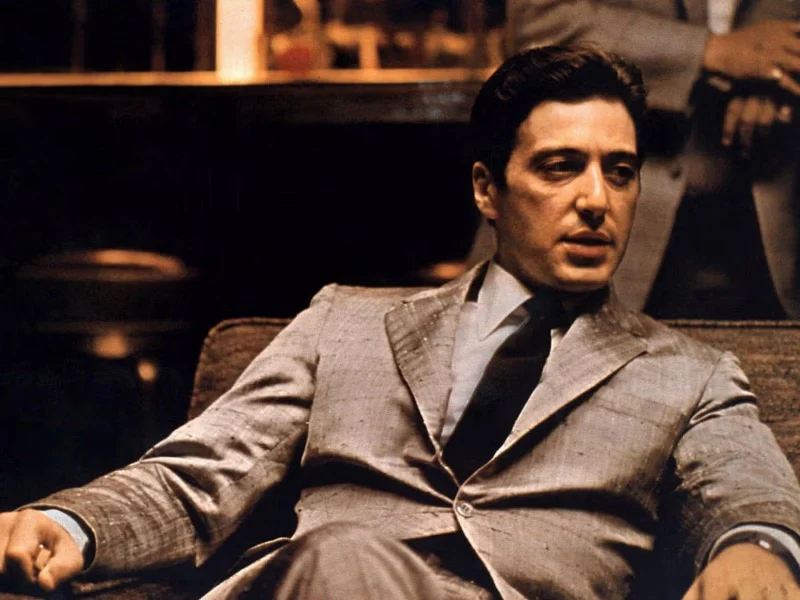
The character’s clothing changes dramatically throughout the story, starting with preppy, college-style outfits and eventually transitioning to sophisticated three-piece silk suits. These changes in wardrobe symbolize his increasing power and the corruption of his character. The gray silk suit he wears in Nevada is particularly memorable and has become a famous costume in film history, reflecting the careful and calculated way he operates his criminal empire.
Cold Negotiation Tactics
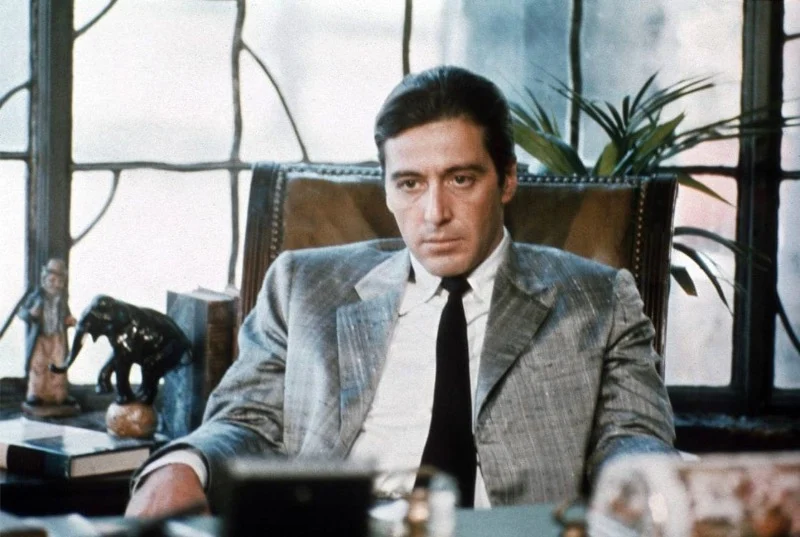
Michael is a formidable negotiator who unnerves people in meetings with his calm and focused demeanor. He prefers to listen and uses silence to pressure others into revealing their strategies. This incredible self-control is evident even when provoked, like when Senator Geary attacks his family in ‘The Godfather Part II’. He expertly breaks down his opponents’ arguments, often leaving them unaware of how thoroughly he’s defeated them.
The Sicilian Exile

His time in Sicily was a bittersweet escape, a period that both enriched and toughened him. While in exile, he discovered his family’s heritage and found love with Apollonia. The tragic death of Apollonia, killed by a bomb intended for him, shattered his remaining innocence. This experience forged a deep connection to his ancestral homeland and ultimately shaped his future.
The Restaurant Shootout
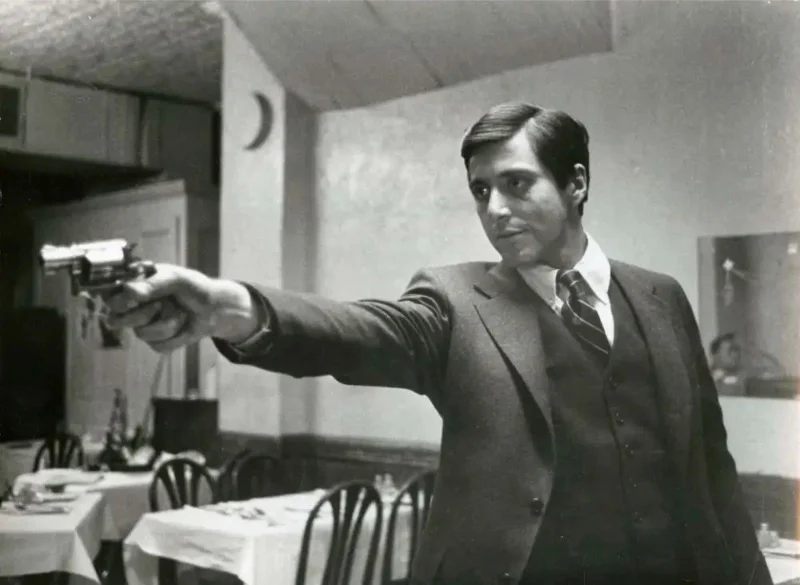
For me, the moment Michael decides to kill Sollozzo and McCluskey is when everything changes for him – there’s no going back. Seeing him carry out the hit in that busy restaurant is just chilling; he’s so unbelievably calm. The way the movie uses the sound, especially those screeching train wheels, really builds the tension and shows what’s going on inside Michael’s head right before he pulls the trigger. It instantly proves to all the other families that this youngest Corleone is someone they need to take seriously – he’s a real threat now.
Closing the Door
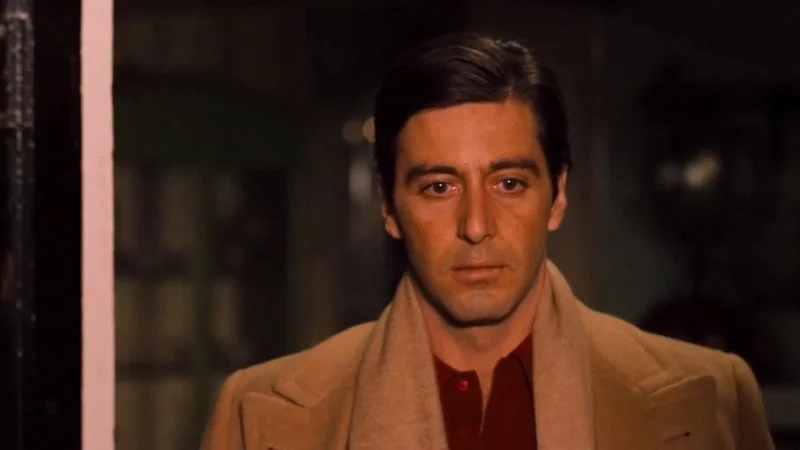
The last scene of ‘The Godfather’ powerfully illustrates the growing distance between Michael and his wife, Kay. As the door to his office closes, shutting her out, it shows his complete descent into a life of crime and his abandonment of his family. This image is a strong symbol of the loneliness that comes with having ultimate control.
Expanding to Las Vegas

Michael demonstrates remarkable vision by relocating the family business from New York to Nevada. He decisively removes Moe Greene to firmly establish the Corleone family’s control over gambling. This smart move prepares them for the evolving world of organized crime in America. Michael recognizes that focusing on legal businesses and casinos will provide a more secure and lasting future than relying on traditional street-level crime.
The Baptism of Fire
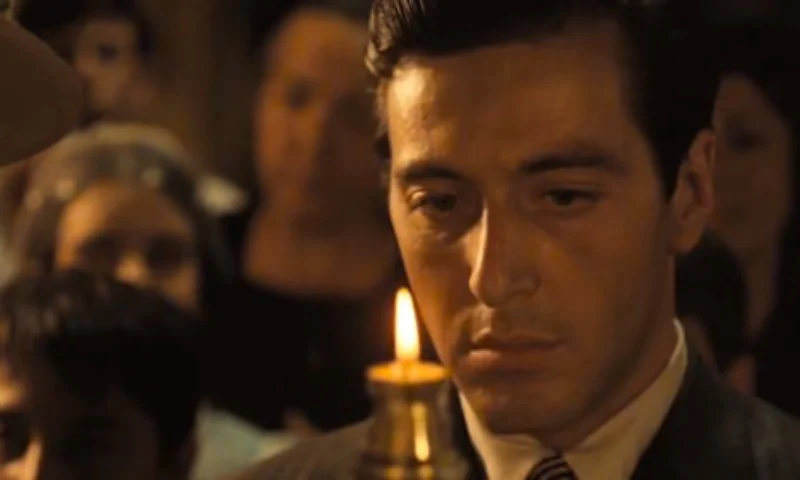
In a striking contrast, Francis Ford Coppola cuts between a solemn religious baptism and the ruthless killings of the five mafia families’ leaders. As Michael publicly rejects Satan during the baptism ceremony, his assassins are simultaneously carrying out his orders to eliminate his rivals. This powerful sequence highlights Michael’s ability to completely separate his personal morality from his obligations as a mafia boss, and it’s widely considered one of the most iconic editing moments ever filmed.
The Betrayal of Fredo
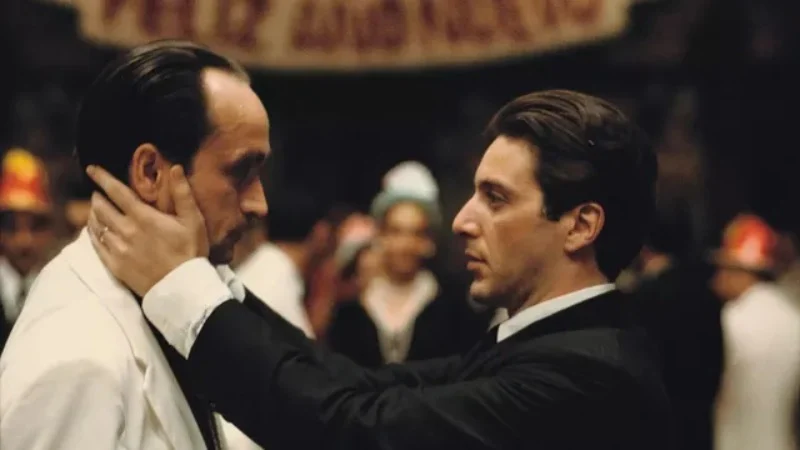
Michael’s troubled relationship with his brother Fredo reaches a devastating point when he discovers Fredo’s betrayal. During a party in Havana, Michael famously confronts Fredo, revealing he knows the truth. Ordering Fredo’s death deeply affects Michael and weighs on him for the rest of his life. This act represents the complete loss of the family principles he once vowed to uphold.
The Character Arc

Throughout the three films, we see Michael Corleone transform from a hopeful man with strong principles into a ruthless and corrupt leader. Al Pacino masterfully shows this change through small details in Michael’s body language and how he speaks, revealing the loss of his humanity. The story depicts a decent man forced to embrace wickedness in order to protect his family, and it’s still considered the best example of character development in storytelling today.
Tell us which Michael Corleone moment you think is the most iconic in the comments.
Read More
- Deepfake Drama Alert: Crypto’s New Nemesis Is Your AI Twin! 🧠💸
- Can the Stock Market Defy Logic and Achieve a Third Consecutive 20% Gain?
- Bitcoin’s Ballet: Will the Bull Pirouette or Stumble? 💃🐂
- Dogecoin’s Big Yawn: Musk’s X Money Launch Leaves Market Unimpressed 🐕💸
- SentinelOne’s Sisyphean Siege: A Study in Cybersecurity Hubris
- LINK’s Tumble: A Tale of Woe, Wraiths, and Wrapped Assets 🌉💸
- Binance’s $5M Bounty: Snitch or Be Scammed! 😈💰
- Yearn Finance’s Fourth DeFi Disaster: When Will the Drama End? 💥
- ‘Wake Up Dead Man: A Knives Out Mystery’ Is on Top of Netflix’s Most-Watched Movies of the Week List
- Silver Rate Forecast
2025-11-27 06:45